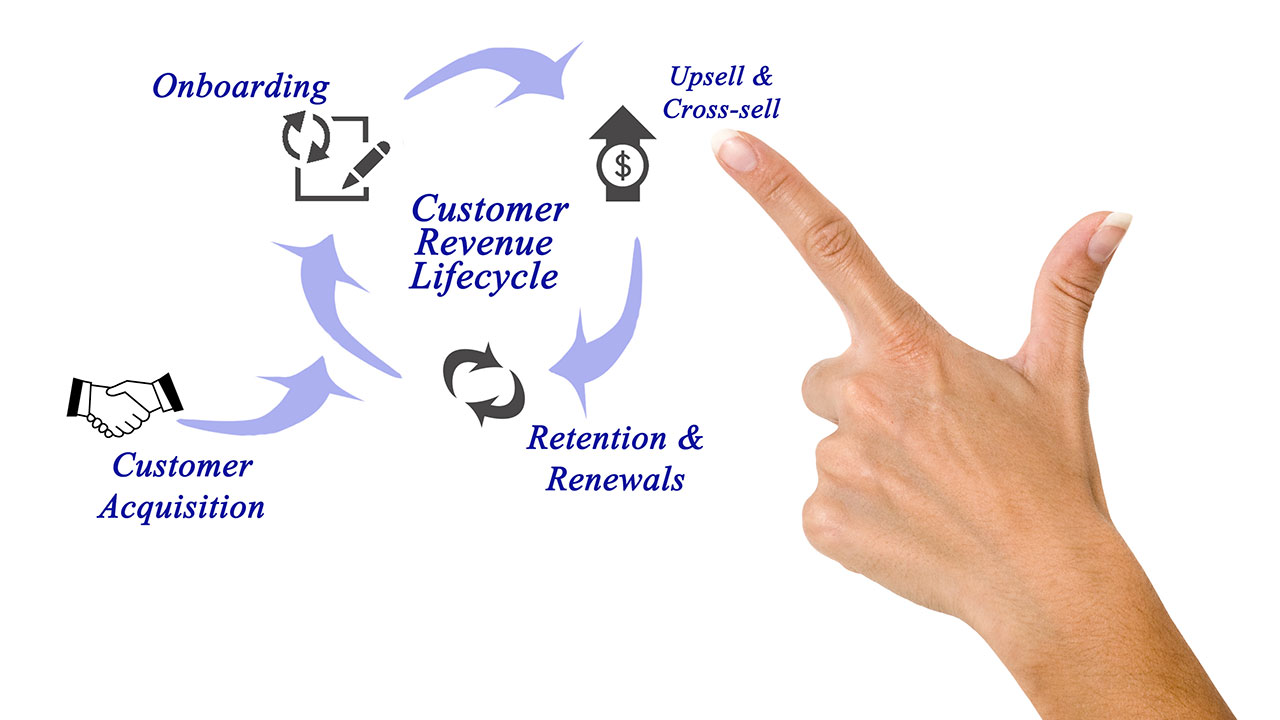Upselling and cross-selling are vital strategies for MSPs to boost revenue while providing more value to clients. This guide explores how to identify opportunities, position additional services, and use effective techniques to increase client satisfaction and expand your offerings.
What Strategies Should I Use to Upsell or Cross-sell Additional Services?
Why Upselling and Cross-selling Matter
- Boost Revenue: Expanding service contracts increases monthly recurring revenue (MRR).
- Strengthen Client Relationships: Offering additional services reinforces your role as a trusted advisor.
- Maximize Client Value: Clients benefit from integrated, comprehensive solutions tailored to their needs.
Key Strategies for Upselling and Cross-selling
1. Conduct Regular IT Assessments and QBRs
- Actionable Tips
- Use quarterly business reviews (QBRs) to identify gaps in clients’ current IT setups.
- Provide actionable recommendations, such as adding cybersecurity measures, backups, or advanced monitoring tools.
- Key Insights
- Client Value: IT assessments show clients you’re proactive about improving their operations.
- MSP Benefit: QBRs create natural opportunities to suggest additional services.
- Next Steps
- Standardize your QBR process to include service upgrade suggestions based on client data.
- Use visual aids like dashboards or reports to highlight service gaps.
2. Position Upsells as Solutions to Client Pain Points
- Actionable Tips
- Focus on specific client challenges — such as frequent downtime or compliance concerns — and recommend targeted solutions.
- Use real-world examples to demonstrate how the proposed service has benefited similar clients.
- Key Insights
- Client Value: Clients are more likely to invest in solutions that directly address their pain points.
- MSP Benefit: Aligning upsells with client needs increases the likelihood of closing the deal.
- Next Steps
- Train your team to ask open-ended questions that uncover client pain points.
- Develop case studies or testimonials to support your recommendations.
3. Bundle Complementary Services
- Actionable Tips
- Combine services like disaster recovery (DRaaS) and cloud backup into a cohesive bundle to add value.
- Offer tiered packages that encourage clients to upgrade for additional benefits.
- Key Insights
- Client Value: Bundles simplify service management while ensuring comprehensive coverage.
- MSP Benefit: Bundling increases client retention by integrating multiple services into one contract.
- Next Steps
- Evaluate your portfolio to identify which services work best together in bundles.
- Create pricing incentives for higher-tier bundles to encourage upgrades.
4. Use Data to Drive Recommendations
- Actionable Tips
- Use PSA and RMM tools to analyze client usage patterns and identify service gaps.
- Leverage AI-powered insights to predict future client needs, such as additional storage or cybersecurity upgrades.
- Key Insights
- Client Value: Data-backed recommendations instill confidence in your expertise.
- MSP Benefit: Personalized suggestions build trust and lead to higher acceptance rates.
- Next Steps
- Incorporate client data into QBRs to show how additional services align with their IT trends.
- Train your team to use data visualization tools to present recommendations effectively.
5. Offer Trials or Limited-time Promotions
- Actionable Tips
- Provide free or discounted trials for services like advanced monitoring, patch management, or VoIP solutions.
- Run limited-time offers to encourage immediate decisions, such as “Get 20% off cloud backup for 3 months.”
- Key Insights
- Client Value: Trials allow clients to experience benefits without long-term commitment.
- MSP Benefit: Promotional offers accelerate decision-making and showcase the value of your services.
- Next Steps
- Develop trial programs with clear onboarding and follow-up processes to maximize conversion rates.
- Track the success of promotions to refine future campaigns.
Checklist: Upselling and Cross-selling Opportunities for MSPs
1. Do You Regularly Conduct IT Assessments or QBRs to Identify Client Service Gaps?
- If Yes: Use these meetings to present data-driven service recommendations.
- If No: Implement QBRs with a structured agenda that includes service evaluations.
2. Are You Aligning Service Recommendations with Specific Client Pain Points?
- If Yes: Continue tracking client feedback to refine your approach.
- If No: Develop a list of common pain points and train your team to link them to specific services.
3. Do You Offer Bundles or Tiered Packages to Simplify Client Decision-making?
- If Yes: Regularly review your bundles to ensure they align with client needs and market trends.
- If No: Create bundles based on complementary services and test them with a pilot group of clients.
4. Are You Leveraging Client Data to Personalize Service Recommendations?
- If Yes: Expand your use of analytics to uncover trends and anticipate future needs.
- If No: Integrate analytics tools into your workflows to enhance decision-making.
5. Do You Offer Trials or Promotions to Introduce Clients to New Services?
- If Yes: Follow up on trials with detailed ROI reports to encourage adoption.
- If No: Develop a promotional calendar that aligns with your sales objectives.
Conclusion
Upselling and cross-selling are powerful tools to drive revenue while delivering greater value to clients. By implementing these strategies and leveraging the companion checklist, MSPs can create a win-win scenario where clients benefit from enhanced services, and MSPs enjoy predictable growth and stronger client relationships.
Next Steps
- Want more helpful guidance on this topic? Check out our Running a Profitable MSP Answer Center.
- Have a question for our experts? Send it to editors@channelpronetwork.com
ChannelPro has created this resource to help busy MSPs streamline their decision-making process. This resource offers a starting point for evaluating key business choices, saving time and providing clarity. While this resource is designed to guide you through important considerations, we encourage you to seek more references and professional advice to ensure fully informed decisions.
Featured image: iStock














